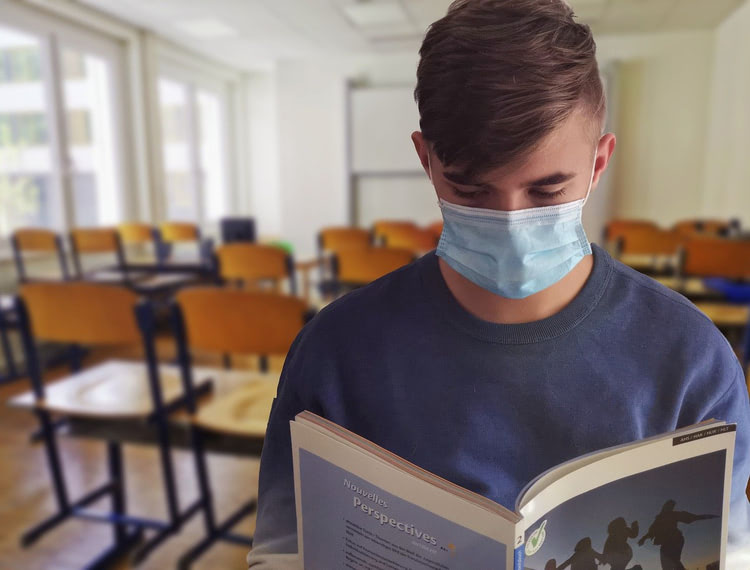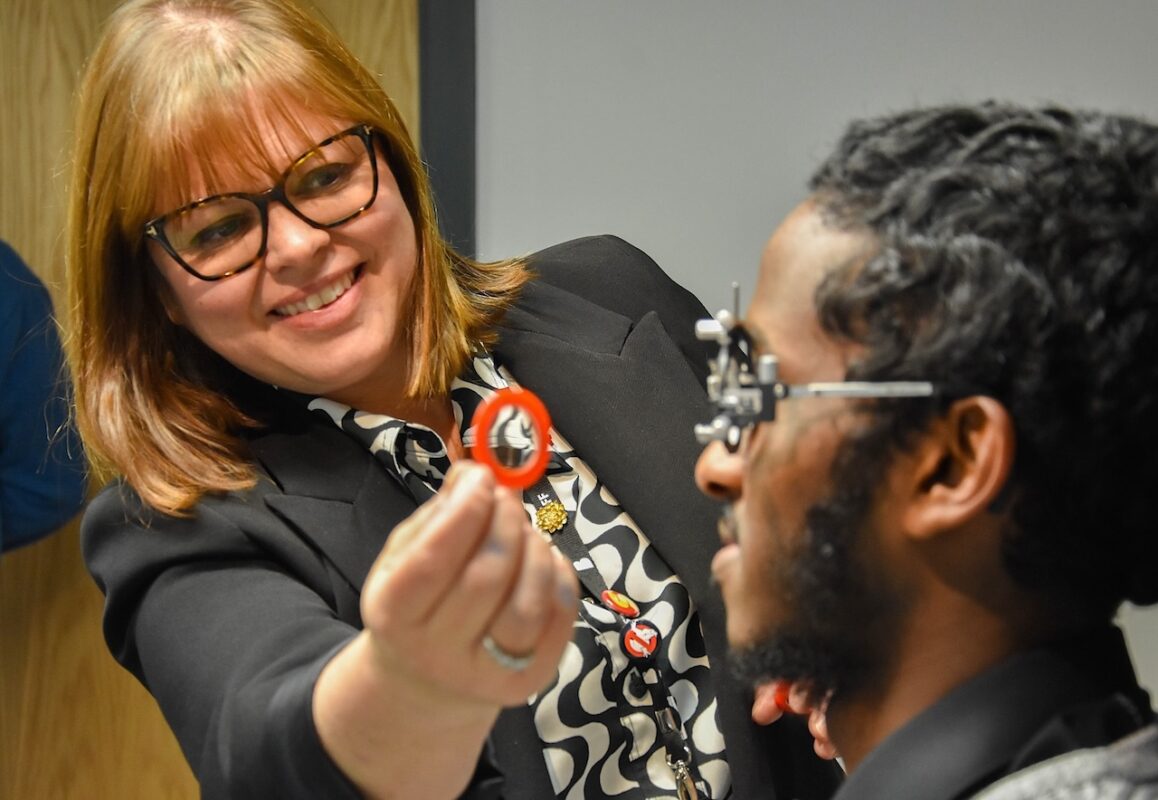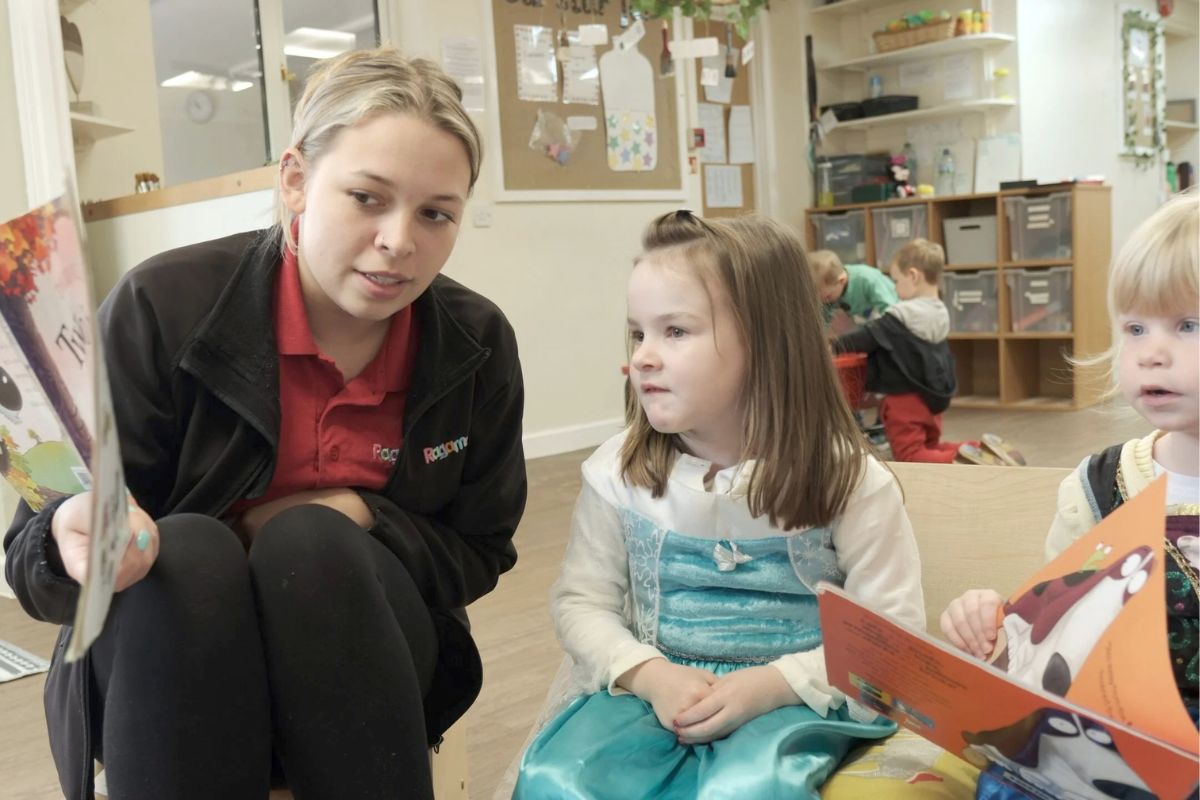Coronavirus and the impact on students in higher education in England

@ONS have examined trends in COVID-19 transmission with case studies from @UniofExeter and Loughborough University (@LboroUniversity) and research from other higher education institutions in England.
The number of coronavirus (COVID-19) cases among the student population rose following the start of the autumn term at both the University of Exeter and Loughborough University.
Data from these universities shows cases rising steeply in September and October 2020, particularly in halls of residence, but falling again during November.
Bringing together information gathered at a number of English universities, we found the risk of transmission to be greater in residential settings such as halls and student houses, with minimal evidence found of the virus being spread in face-to-face teaching settings such as classrooms and lecture theatres. The largest outbreaks occurred in halls of residences.
COVID-19 infections peak at the start of term among students at Exeter and Loughborough before tailing off in November
The number of coronavirus (COVID-19) infections increased rapidly in the general population throughout September and October 2020.
From early August through to mid-November, the Coronavirus (COVID-19) Infection Survey (CIS) consistently showed that positivity rates were highest among teenagers and young adults. In early September, the Scientific Advisory Group for Emergencies (SAGE) warned that large numbers of students travelling for study presented a “critical risk” of seeding coronavirus outbreaks across the UK, and said universities were highly likely to experience significant outbreaks.
However, capturing information on the prevalence and transmission of COVID-19 among higher education (HE) students in England is difficult. The CIS does not cover those living in university halls of residence, the NHS Track and Trace programme only tests those with COVID-19 symptoms, and testing programmes run by individual universities vary in their size and scope.
We have worked with the University of Exeter and Loughborough University to produce case studies that provide insights into what happened when their students returned to university in September. While these findings cannot be applied to all institutions, they do provide initial information that could inform the wider higher education sector.
Cases of COVID-19 among Exeter students rose fastest the week following the start of term
The number of positive test cases for students attending the University of Exeter by test date between 2 September and 16 November
Most COVID-19 transmission could be traced back to students living together
These case studies demonstrate the potential for rapid spread of the coronavirus (COVID-19) among university students in residential settings. We also worked with a selection of universities to understand more about transmission among HE students more generally.
Information about the transmission of COVID-19 was collected by universities through a range of methods, including telephone calls with students who have tested positive and analysis of student timetables and residential information.
Most COVID-19 transmission could be traced back to students living together. Patterns often show one positive case followed by further positive cases within the same university block with quick succession (usually within a couple of days of the first case).
We found minimal evidence of transmission happening in face-to-face learning environments, such as lecture theatres. In instances when transmission was traced back to a face-to-face learning environment, further investigation showed specific reasons for it happening, usually through appropriate guidance not being followed, such as the removal of a face mask. One university described the results of their investigations of non-domestic transmission as “human compliance failures rather than systemic failures”.
Assessments into transmission of positive COVID-19 cases at the University of Reading and York St John University concluded that the majority of transmission was through domestic or social interactions (82% and 76% respectively). Neither university had evidence of direct transmission through a face-to-face learning environment.
The evidence presented here does not yet provide a comprehensive national picture about the nature and level of transmission among HE students, but provides some insights into where and how COVID-19 transmission happens for ongoing research.
Student wellbeing has worsened as a result of the pandemic
The coronavirus pandemic and the various measures introduced to slow its spread have significantly affected the day-to-day lifestyle and mental well-being of the general public. However, many HE students have found themselves in a unique situation, perhaps isolating in a household with others they do not know well.
Students responding to the Student Covid Insights Survey (SCIS) in October and November 2020 reported lower levels of life satisfaction, life worthwhile and happiness, and higher levels of anxiety, compared with the general population responding to the Opinion and Lifestyles Survey (OPN).
Further, results from three different surveys conducted during November 2020 conclude that more than half of students report that their wellbeing and mental health have worsened as a result of the pandemic.
-
The coronavirus (COVID-19) pandemic and the various measures introduced to slow its spread have significantly affected the day-to-day lifestyle and mental well-being of the general public; however, many higher education students have found themselves in a unique situation, perhaps isolating in a household with others they do not know well.
-
A range of research has been conducted into the particular impact of the pandemic on the well-being of students and their behaviours, including the Student Covid Insights Survey (SCIS) conducted by the Office for National Statistics (ONS), which collected information in three pilots during October and November.
-
The SCIS shows that students follow coronavirus guidance in much the same way as the general public (as reported in the Opinions and Lifestyle Survey (OPN)); however, students were more likely not to have left their home or accommodation in the seven days prior to being surveyed (between 2 and 3 in 10) than the general public (less than 1 in 10).
-
The most recent pilot of the SCIS showed that student experience has changed because of the coronavirus; considering academic experience, 29% of students reported being dissatisfied or very dissatisfied with their experience in the autumn term.
-
Over half (53%) of students reported being dissatisfied or very dissatisfied with their social experience in the autumn term.
-
Students responding to the SCIS reported lower levels of life satisfaction, life worthwhile and happiness, and higher levels of anxiety, compared with the general population through the OPN.
-
Results from three different surveys conducted during November 2020 conclude that more than half of students report that their well-being and mental health has worsened as a result of the pandemic.
Documents
This covers two articles that summarise research into how the Coronavirus pandemic is impacting students in Higher Education
Coronavirus and the impact on students in higher education in England: September to December 2020
A summary of research into how the coronavirus (COVID-19) pandemic has affected students in higher education in England during the autumn term of 2020.
How has coronavirus (COVID-19) spread among students in England?
Examining trends in COVID-19 transmission with case studies from Exeter and Loughborough universities, and research from other higher education institutions in England.











Responses